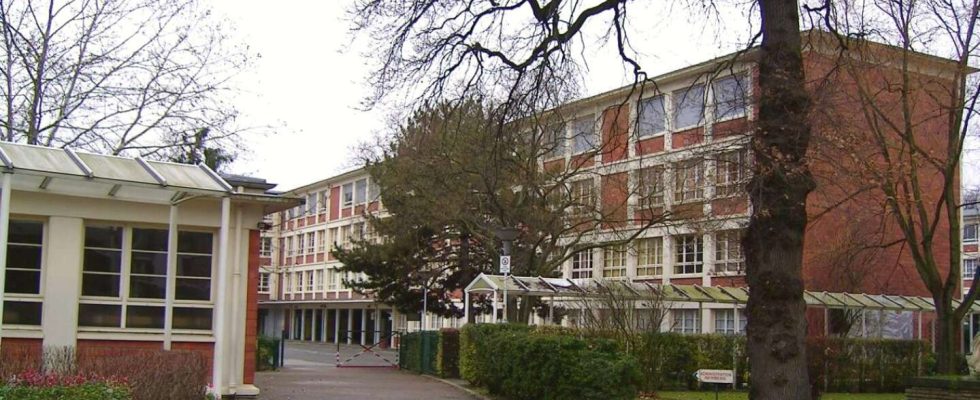The establishment of groups in French and mathematics in middle school for “raise the level of students”, according to the government, has monopolized the educational debate for several weeks. The publication by the Ministry of National Education, Wednesday March 20, of added value indices for colleges and a battery of associated indicators (percentage of successful completion of the certificate, marks in written tests) sheds light in another way on the the thorny question of students’ academic results. The weight of social determinism, the concentration of difficulties in the most disadvantaged establishments, are once again evident, whatever the quality of the teaching provided.
The calculations made by The world from the ministry’s database are eloquent: the median pass rate for the certificate is 99% in private establishments under contract, 91% in public establishments excluding priority education, 84% in priority education ( REP) and 81% in reinforced priority education (REP +).
The median mark in the written patent tests (which accounts for half of the final mark, the other half depending on continuous assessment) follows the same trajectory. There is almost 4 points out of 20 difference between the results of private establishments under contract (12.8) and that of REP + (8.9). Middle school students from public establishments excluding priority education obtain a median score of 11.4 and those from REP 9.8.
21% of middle school students in REP and REP +
If we look at the social position indicator (IPS) of the different categories of colleges, the picture becomes clearer. This statistical tool which makes it possible to measure the social profile of a school establishment ranges from 60 to 160. However, REP + colleges have a median IPS of 74, REPs of 85, public colleges excluding priority education of 103 and private establishments under contract of 116.
Even if the map of priority education has not been modified for ten years and may no longer correspond to sociological developments in places, the REP + colleges and to a lesser extent the REP colleges, which enroll 7% and 14% respectively. of middle school students in France, thus concentrate a social difficulty which has a strong impact on the level of the students.
Beyond the statistics, educational teams experience this on a daily basis. “fight” to bring. “When the environment is too degraded, we are unable to fulfill all of our educational missions. In priority education, we give ourselves priorities, if I may say so, to try as best as possible to get our students out of the neighborhood assignment. Absenteeism, complex family situations and sometimes violence… We constantly manage emergencies”notes Valérie Quéric, national secretary of SNPDEN-UNSA and principal of a priority education college in Rennes.
You have 70.68% of this article left to read. The rest is reserved for subscribers.

